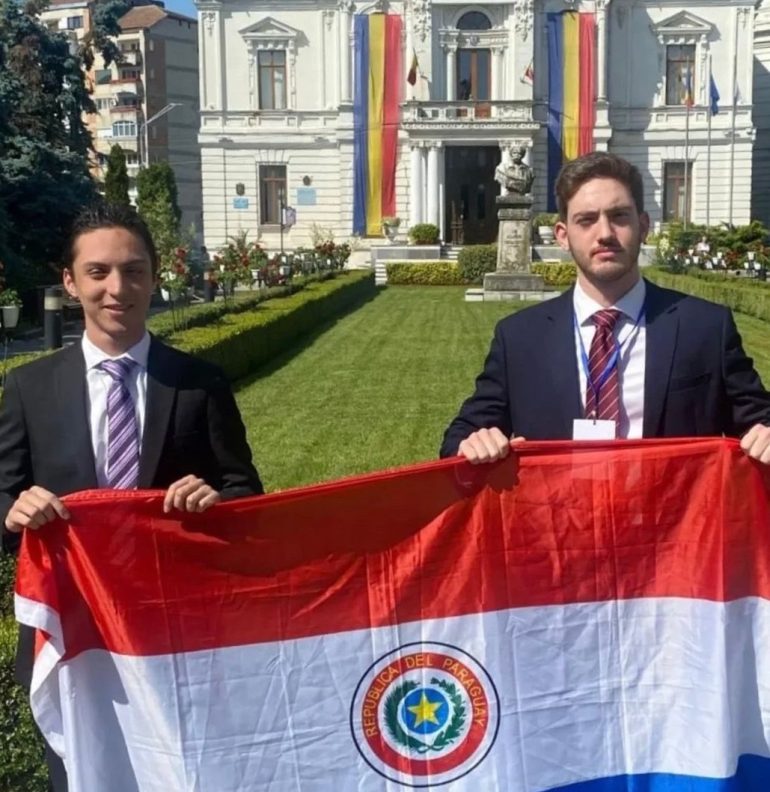Paraguayan Universidad Politecnica Taiwán-Paraguay (UPTP) engineering students Joaquín Roldán Regidor and Mariano Ovelar López made waves at the 17th International Conference of Electronics, Computers and Artificial Intelligence (ECAI 2025) held in Romania. The duo represented Paraguay at the conference in the city of Târgoviște, presenting their autonomous aquatic vehicle, an innovative AI-powered prototype capable of obstacle avoidance and independent waterway navigation.
From classroom to global stage
The project centers on a small prototype vessel equipped with onboard sensors and an AI model trained to identify and avoid physical obstacles in aquatic environments. Unlike traditional remote-controlled boats or pre-programmed models, this autonomous vehicle uses real-time image processing and sonar inputs to make decisions on the fly. The students integrated an embedded system capable of low-latency responses, allowing the vessel to reroute without human intervention.
Applications beyond academia
Besides the prestige of the event and the participation of the students, additional sources shed light on the potential applications of this technology in Paraguay. As Mariano explained during an informal Q&A on a local tech broadcast, “the prototype is designed with riverine monitoring in mind”. Paraguay’s vast network of rivers and lakes, often challenging to navigate or monitor, could greatly benefit from autonomous inspection vessels. These vehicles could support water quality analysis, debris detection, and search-and-rescue operations, especially in areas difficult for traditional boats to reach.
The students are now exploring how their design could support agricultural irrigation systems and hydrology studies, offering real-world value in both urban and rural Paraguay.
Future steps for the autonomous aquatic vehicle
UPTP’s collaboration with Taiwan Tech was pivotal in the development of the prototype. The university offers students access to high-end laboratories, international mentorship, and exposure to ongoing global tech trends. Joaquín noted in an interview that “the hands-on technical training in Taiwan gave them the confidence to build a functioning prototype within one academic semester.”
At the ECAI 2025 conference, their project stood out not only for its originality but also for its practical approach. The judging panel praised the team’s ability to deliver a working model rather than a purely theoretical presentation. Their conference poster attracted attention from researchers in marine robotics and environmental engineering.
The students are now planning the next iteration of the vehicle, aiming to extend its battery life and improve its data collection capabilities. UPTP has already expressed interest in showcasing the project at national innovation fairs later this year.
Why it matters
Although Paraguayan robotics teams shine at global tournaments, the country is not commonly associated with robotics or maritime technologies, making this achievement particularly significant. The work by Joaquín and Mariano signals a shift in what is possible when young scientists are supported through academic exchanges, international exposure, and multidisciplinary collaboration.
The students’ success is a reminder that innovation does not require enormous budgets. It requires opportunity, mentoring, and the freedom to explore real-world problems. Paraguayan young brilliant minds still have a lot to offer and they will not stop amazing the tech world.


